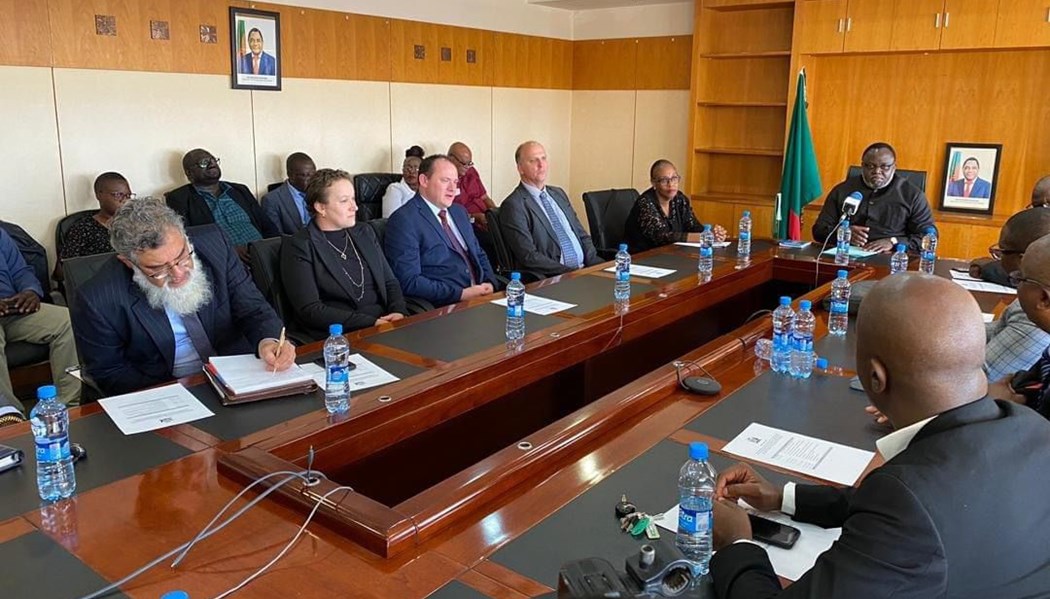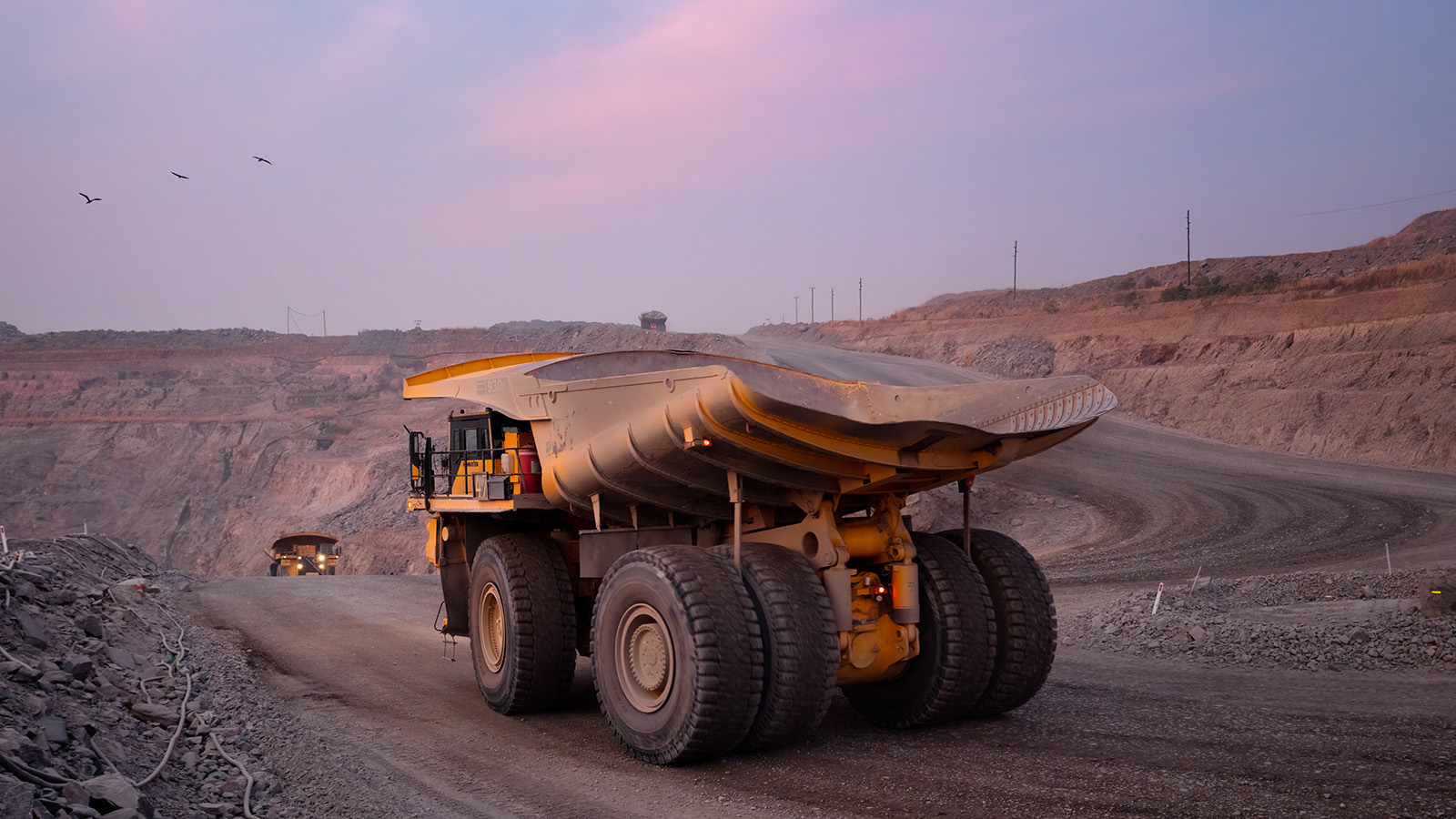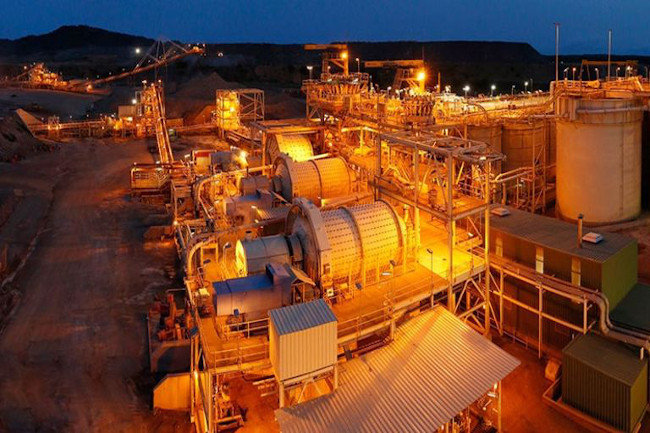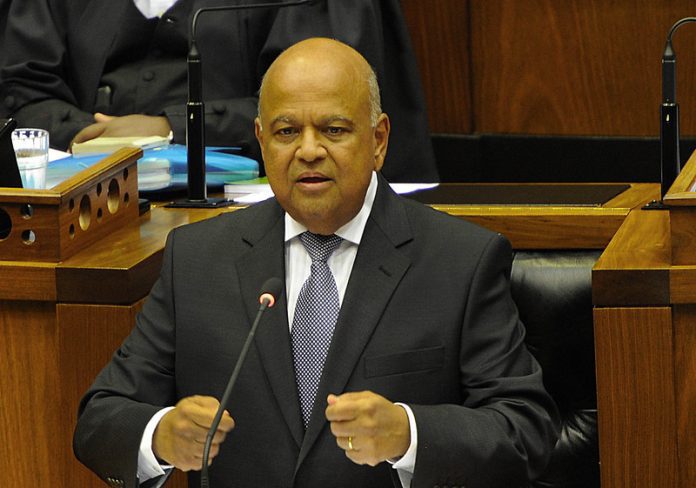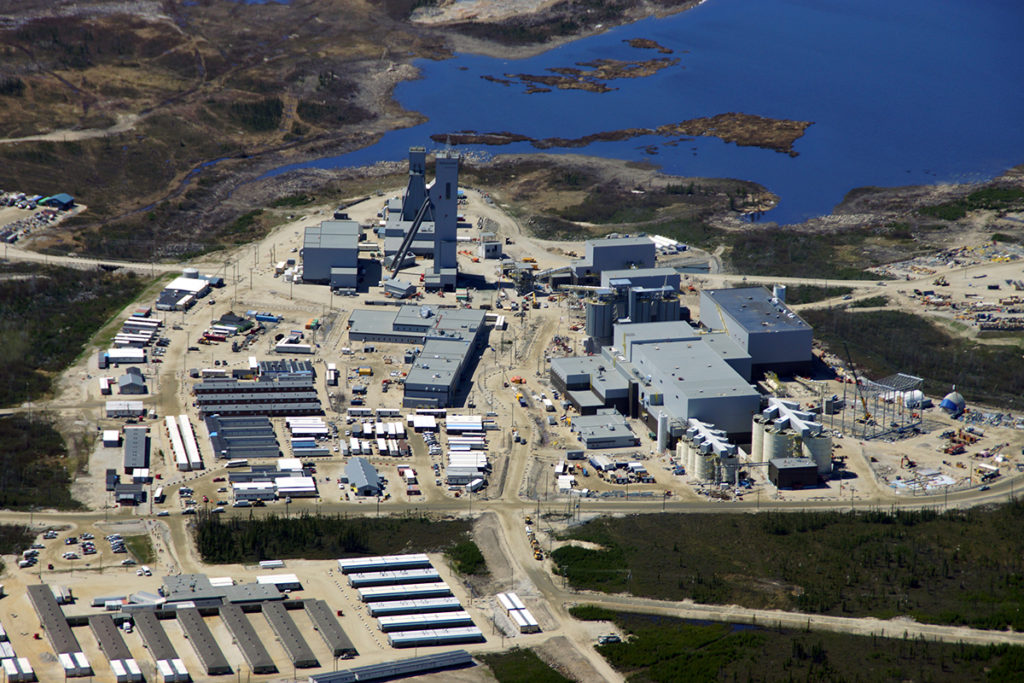Mining Other

Tanzania eyes $11.7 billion from value addition in mineral sector
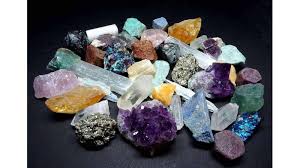
LOCAL and foreign high level authorities believe that Tanzania stands on the brink of an economic transformation, with a new report showing that the country could unlock up to $11.7bn annually by scaling up local value addition in its minerals sector.
Anthony Mavunde, the sector minister, notes in outlining the report, prepared by the UK-funded ‘Manufacturing Africa’ programme in partnership with the ministry, that its findings position Tanzania as an emerging global hub for critical and strategic minerals essential to clean energy technologies specifically, and industrial development.
The report highlights how targeted investment, sound policy and strategic partnerships could fully leverage Tanzania’s mineral wealth—including gold, graphite, limestone and rare earth elements (REEs).
“This analysis is both timely and relevant,” he said, asserting that with a focused strategy and robust investment climate, Tanzania is well-positioned to lead in the global energy transition while driving inclusive economic growth.
Already the fourth-largest gold producer in Africa—contributing two percent of global supply—Tanzania’s mining sector currently accounts for 10.1percent of the gross domestic product (GDP) and supports more than six million individuals.
Yet the report underscores that far greater value lies untapped within the country’s borders, identifying 14 high-potential value addition opportunities across 11 strategic and critical minerals.
These opportunities have the potential to generate at least $7.2bn annually, or up to $11.7bn total earnings and create more than 25,000 new job openings in the vast mining and minerals processing activities countrywide, it affirms.
Among the standout areas for growth is gold refining and jewellery manufacturing, which alone could contribute an estimated $7.5bn yearly, representing a “no-regret” opportunity with immediate returns based on Tanzania’s well-established position as Africa’s fourth-largest gold producer, it explains.
Additionally, industries such as cement, ceramics and glass are well-positioned for expansion, driven by rising domestic demand and easy access to raw materials like limestone and gypsum. These sectors are considered ‘low-hanging fruits’ offering relatively quick wins for industrial scaling, it elaborates.
More ambitious but globally strategic are investments in spherical graphite production and rare earth elements (REE) processing, it asserts, hinting that these facilities are central to clean energy transition but require significant capital investments, technological expertise and international partnerships to be substantially developed.
Similarly, fertilizer, copper and cobalt production are viewed as opportunistic ventures that depend on evolving global market dynamics, offering long-term potential especially as global demand for sustainable agriculture and battery metals is on the rise.
“Tanzania is particularly well-positioned in the graphite market. With six percent of the world’s known graphite reserves, the country is projected to become one of the top three global producers within five years. Graphite is a critical component in lithium-ion batteries, which power electric vehicles and store renewable energy,” it further noted.
Tanzania’s reserves of rare earth elements play a key role in manufacturing high-performance magnets essential for EV motors, wind turbines and other clean technologies—placing the country at the forefront of the global green energy value chain, the outline intoned.




